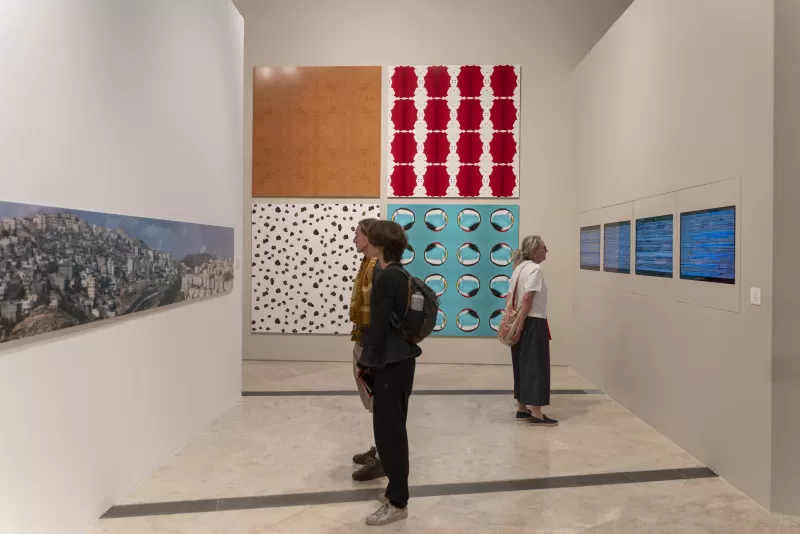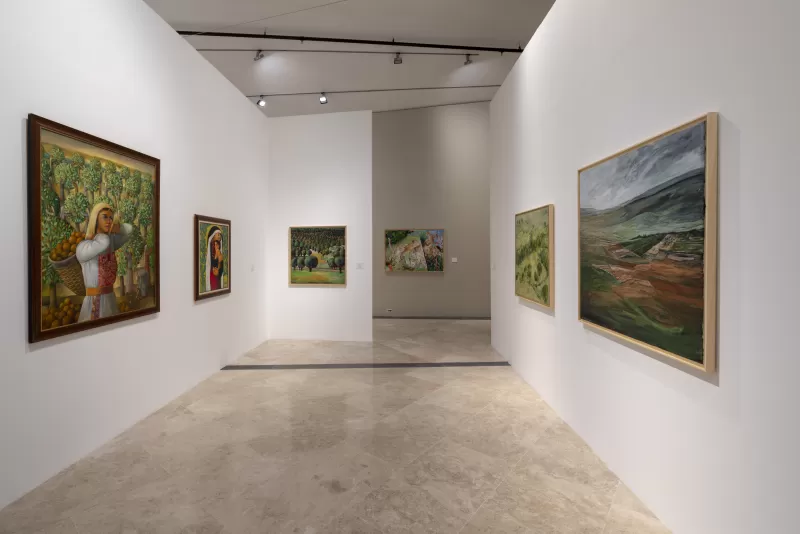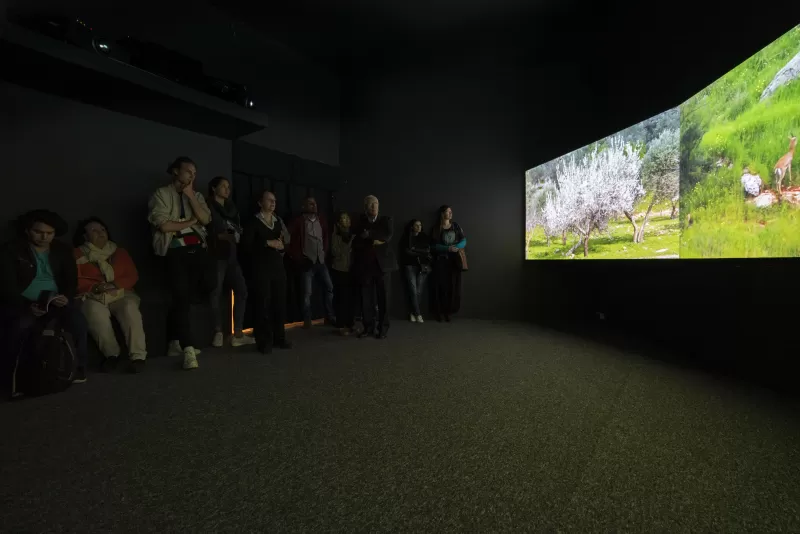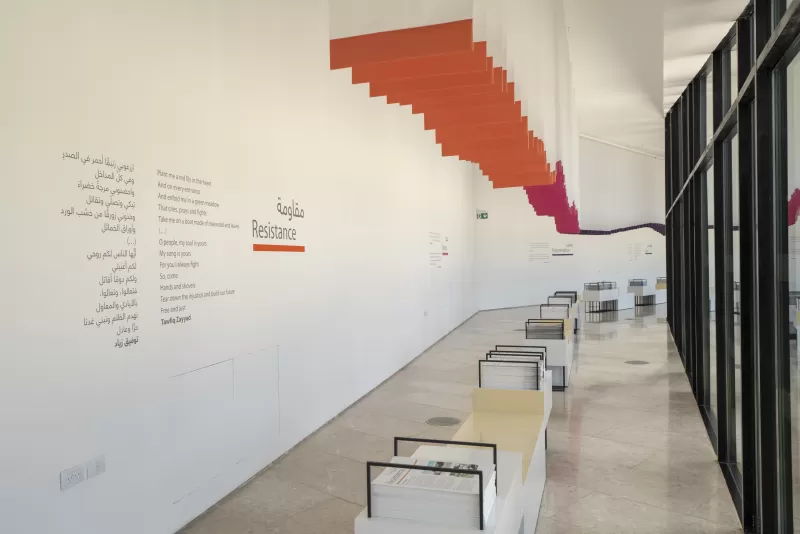The Palestinian Museum’s current exhibition, Intimate Terrains: Representations of a Disappearing Landscape will end on 31 December. One of the largest exhibitions of its kind held in Palestine in recent years, it features works by artists representing generations of classical and contemporary Palestinian schools of art. It explores a central historic and current theme in Palestinian art, the landscape, and showcases various rare and iconic works.
On this occasion, the Museum is holding a symposium titled ‘Landscapes of Palestine: New Perspectives since 1999’ at Muwatin Institute in Birzeit University on 16 December. This symposium builds on a conference held in Birzeit University in 1999, which featured prominent Palestinian and international researchers, including Edward Said and Ibrahim Abu-Lughod, and which resulted in the publishing of a book about the Palestinian Landscape. The Museum seeks to shed light on the transformations that have taken shape in the landscape in light of the shifts in political, social, economic and environmental conditions over the last 20 years, and to further deepen the discussion of Intimate Terrains.
Since April 2019, the Museum has welcomed over 15,600 visitors to its exhibition and has organised 65 activities centred around Intimate Terrains through the Museum’s Public Engagement and Education, and Knowledge and Research programmes. The Museum has also organised 57 school visits from different regions of Palestine, which included interactive tours of the exhibition based on the education resources that the Museum produces, in addition to a range of arts-based activities inspired by Intimate Terrains.
‘By shedding light on Palestinian artistic representations of the landscape, this exhibition has been a significant experience for the public as well as arts enthusiasts,’ said Adila Laïdi-Hanieh, Director General of the Palestinian Museum. ‘We have also been able make the exhibition more accessible to school children and the wider public though interactive tours, and public as well as intellectual events and activities.’
About the Exhibition:
Intimate Terrains sheds light on the representation of landscape in Palestinian art, relying on a unique selection of classic and contemporary artworks and representations. Showcasing paintings, assemblages, video and photography, the exhibition seeks to explore the meanings and symbolism featured in these works, as a reflection of Palestinian artists’ relationships to these landscapes and the images they evoke, representing nostalgia, loss, exile, and resistance.



